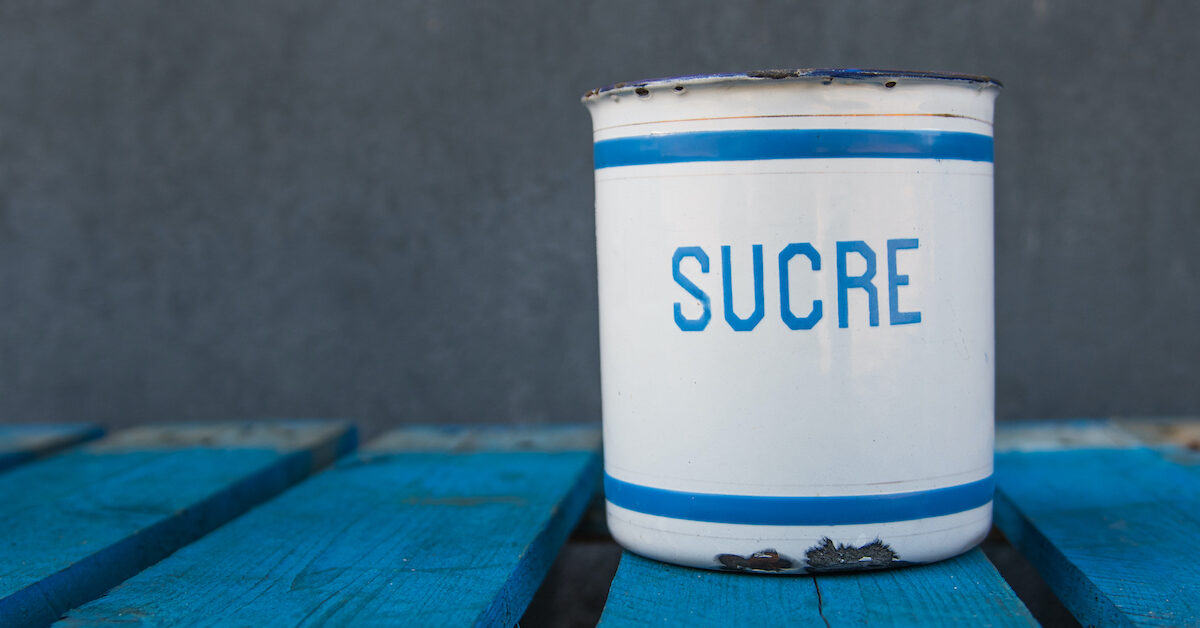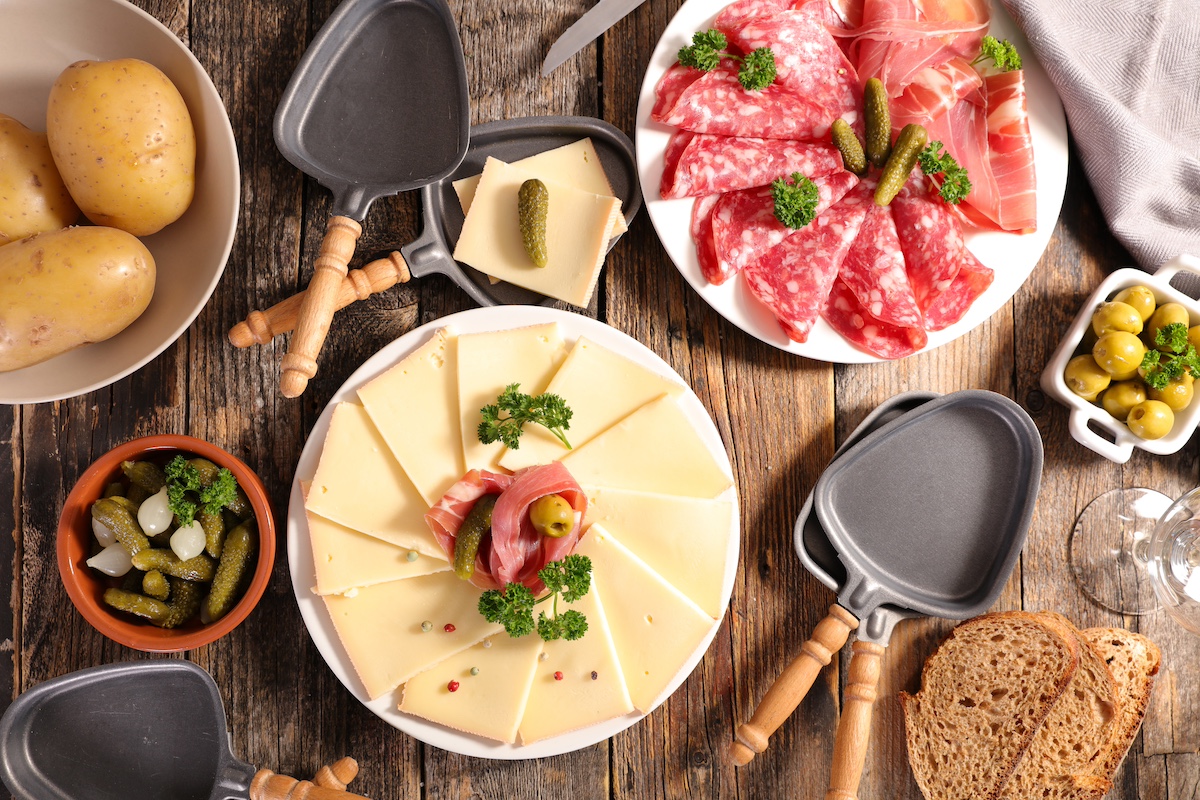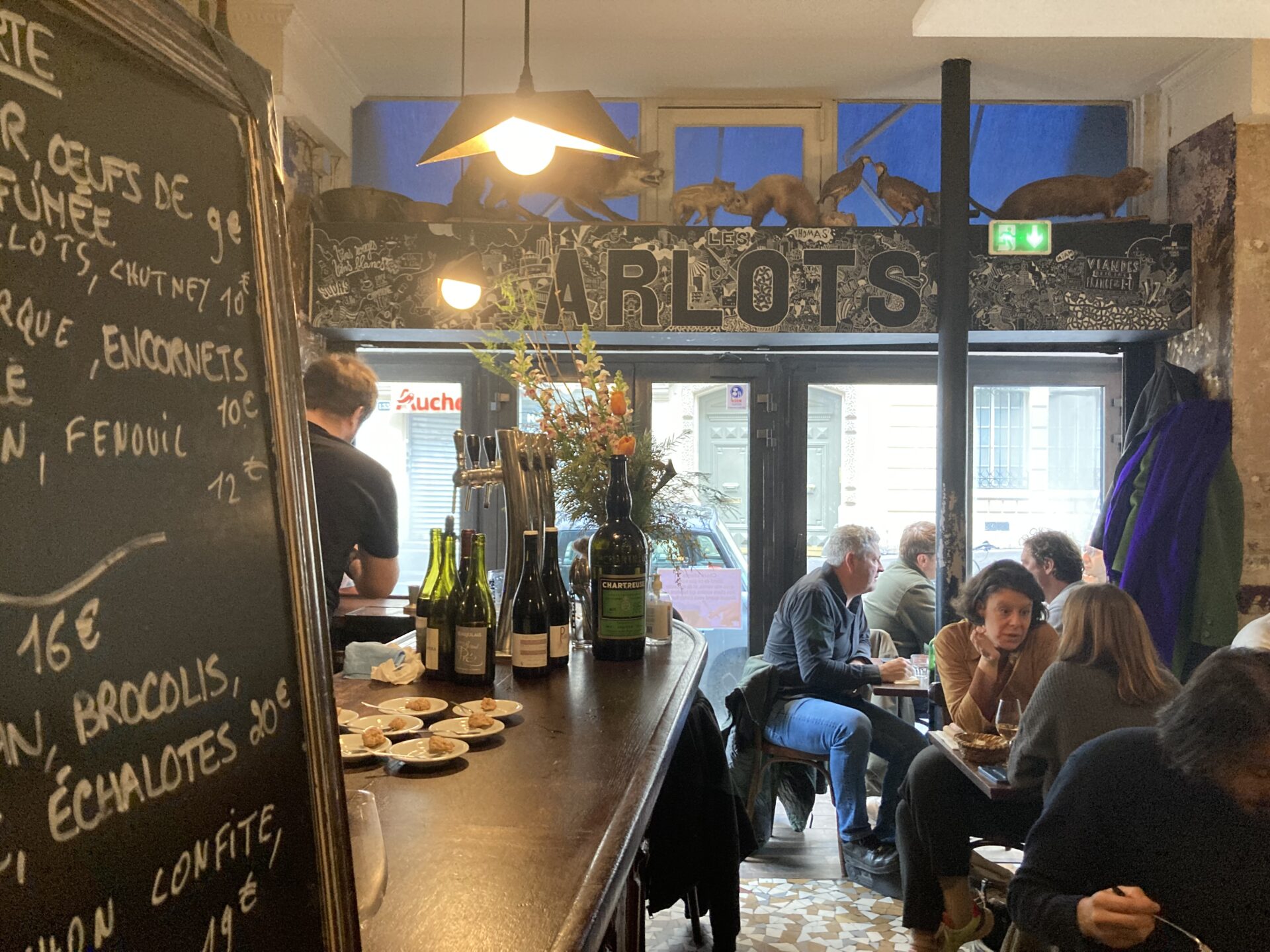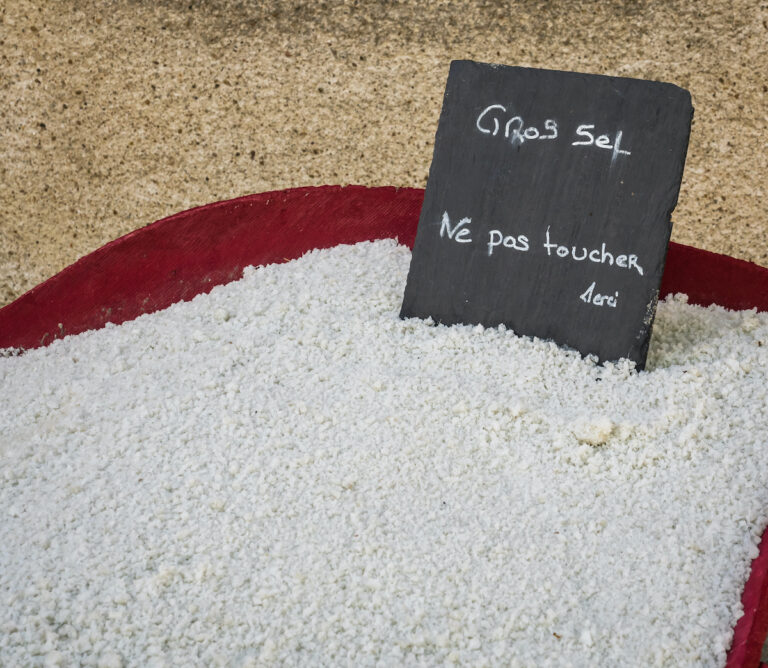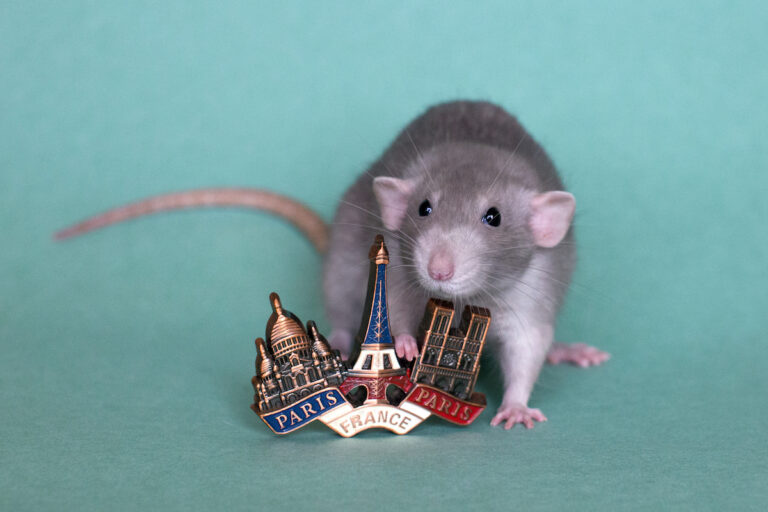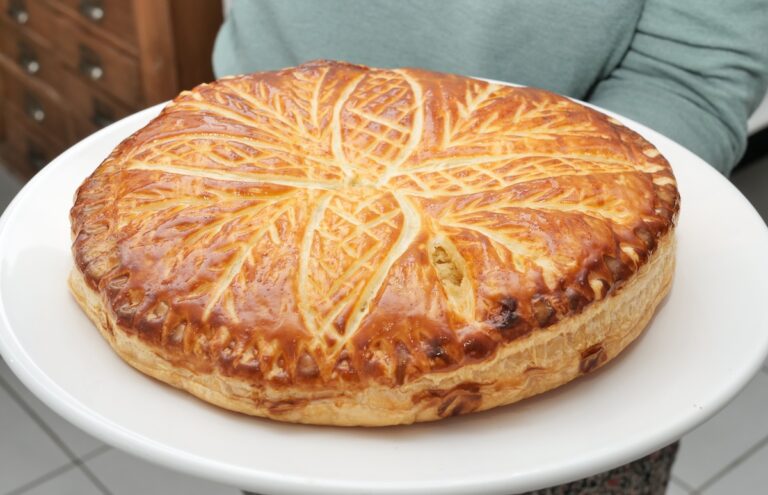Dear Frenchly Readers,
Last week, I wrote about salt. Which made me interested in sugar. And I wondered, as I often do with many things, is there a French connection to the domination of Domino?
For most of humans’ time on the planet, sweetness has come from berries or honey. Way back when, sugarcane was growing in New Guinea and made its way to Southeast Asia, but it was something that, as I understand it, was carried and sucked on, still in its reed. A little, sweet, pick-me-up, like maple sap, or a honey stick. Then, in the 6th Century B.C., the Persians invaded India and marveled at “this reed that gives honey without the need for bees.” Alexander the Great brought sugarcane to the Middle East. Sugar was a rare and expensive commodity, very labor intensive to grow, and only a few got to taste it. About 2000 years ago, sugar was manufactured from a juice into the granules we know today, in India. Some of that sugar made its way to the rich and famous up in Europe.
Then, Christopher Columbus came along, “discovering” the New World, and soon Europeans were planting it on plantations in the West Indies and Brazil. Because the canes were so heavy, it was very costly to bring it back to Europe to process. It made more sense to process it where it grew. Thus, sugar became inextricably tied to slavery–European merchants bartered and exchanged for Africans, who were then sold as slaves in the Americas, becoming the labor that allowed the sugarcane factories to exist, and then march along. Ships full of slaves unloaded their human chattel and then loaded up on sugar and rum to take back to Europe to sell, and to Africa for trade, and the cycle continued… This was called the triangular trade, and it was shameful. Yet another example of how we all need to assess our appetites and who or what suffers because of them. When will we learn this lesson? Or is appetite too powerful a thing?
Sugarcane quickly depletes soil of its nutrients, making it a poor choice for monocropping. And, back then, it was hard to make the extraction process efficient, making sugar something that was never abundant, and always expensive. Even so, the French island colony of Saint-Domingue, or Haiti, was the largest producer of sugar in the world by the end of the 1700s. Money was pumped into France with coffee, chocolate, and sugar from Haiti. (See my Le Weekend about the French relationship with the coffee trade and how French coffee is truly THE WORST.) Then the slaves rioted–adverse working conditions, abuse…oh, and, the slavery part of it all–and the sugar trade fell apart. This rebellion marked the beginning of the Haitian Revolution. ( A great book, I hear, on slavery and trade and America’s ugly struggle with slavery, is The Empire of Necessity.)
It wasn’t until the early 19th Century, when the English put a blockade on France’s trade routes, leaving France with very little of that sweet gold, that Napoleon decreed that sugar beets be grown on French soil–the Germans had discovered that sugar beets could be made into sugar, using alcohol to distill beet pulp. And in 1811, the very first sugar beet processing plant was built in France, making cheaper beet sugar something that was much more readily available.
By 1899, sugar beets provided ⅔ of the sugar consumed worldwide. (Today, sugar beets are still used for some sugar. Sugar beets are now almost all completely bioengineered to withstand RoundUp, the weed killer made by our friends at Monsanto, the same lovely people who made Agent Orange. These days they are fed to fatten cattle. Cane sugar, the kind that is not organic, is often sprayed with glyphosate (RoundUp), to dry it, or ripen it, down. The workers who work in the sugarcane fields have a large incidences of cancers, and new information shows that glyphosate destroys the body’s microbiome, creating a high incidence of celiac/sprue in sugarcane workers. Odd how this circles back to some of the same issues, over and over again, no matter how long time marches on. In my book, Modified, I write about this.)
By the time sugar was more widely available in France, so was chocolate, another commodity with a similarly checkered past. The rest, as they say, is history. Chocolate became the sweet people went crazy for. More on that, here. (It all started at Versailles!)
Sugar, as we know now, is addictive, and causes any number of health problems. Today, the average American consumes 100 pounds of sugar a year. That is equivalent in weight to a 10-year-old child. In France, it’s more like 80. Still, a lot. Blame it on Napoleon!
À cuisiner, boire, regarder et lire ce weekend:
While you all read this, I will be flying home to Boston from Paris, likely rewatching Mary Poppins, which I have on my computer. Whenever I am dipping into sugar, I can’t help but sing in my head, “A spoonful of sugar makes the medicine go down, the medicine go down!” That movie is such a classic, it’s one of those things that you could have on in the background while you are cooking, sewing, cleaning, and enjoy every time you look up. Anything for a smile these days.
One of my favorite things to eat in France are chouquettes. These are made from choux dough, risen into lovely little balls with large chunks of sugar on the outside. We buy them gluten-free in Lyon, at Gasteliers, or here in Paris, at Chambelland. When I ate gluten, way back when, I’d buy a bag of them and that would be breakfast and lunch as I walked all over Paris–to class, to the Sainte-Geneviève library, back home, back out. I love them with tea or coffee. I love the crackly chunks of sugar that melt on your tongue. Here’s a recipe to make them at home. And here are some pre-made pastry hacks from Cat, in case you are interested in some other French pastries this hot/cold/gray/sunny/globally-fucked February.
Also, we have a new vegan pastries in Paris piece from none other than our dear Philip Ruskin, font of knowledge on everything Parisian.
In the meantime, we can all wait for Mark Kurlansky to write Sugar, next. While we wait, we can read Dear Sugar.
Next week, I will be brimming with news for y’all.
À bientôt,
PS: If you like these Le Weekends, please forward them. Frenchly is growing and improving and we want as many people to know about our writers and interesting subjects as possible!
Did you get forwarded this email? Sign up here on our homepage at the sign-up widget to receive this newsletter every Friday in your inbox. I’ll give you news, films, recipes, books, stories and more every Friday afternoon to help you plan and enjoy your weekend! All for free!
If Le Weekend is going in your junk or spam or promotions box, please add us to your contacts by clicking on the address and hitting “add contact” or by dragging “Le Weekend” into your regular inbox, so you don’t have to hunt for it each week.
If you have missed any of my Le Weekends or are new to this newsletter (or just want to go find a TV show, podcast, singer, movie or recipe I once mentioned) they are all here on Frenchly.us.
Come find us on Twitter, Instagram, or Facebook.
And to advertise with us, contact our great sales team here.

